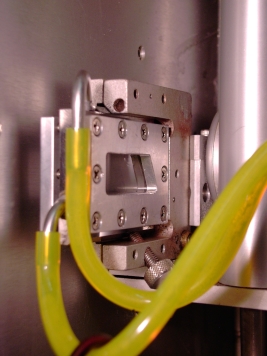Gravitational sedimentation (originally the pipette method) measures the settling rate of particles in liquid medium and relates this rate to the particle mass by use of the Stokes law. The particle mass is determined by density and particle size.
Currently, the settling rate during sedimentation analysis is determined by measuring x-ray transmission in the liquid at specific heights and time intervals and a particle size distribution based on difference in mass is calculated. This allows high-resolution measurements within a relatively short time frame.
The technique is suitable for any material containing elements with Z > 12 and is frequently used for determination of clay fractions in soil samples. The particle sizing range, determined by laminar flow, is from approx 0.5 to 300 µm. The density preferably needs to be known or measured by helium pycnometry, which can also be done in our laboratory.
The sedimentation particle size distribution measurements are performed on a Micromeritics Sedigraph 5100. The typical result of a sedimentation particle size analysis is a graph with the cumulative and differential mass particle size distribution and information on the particle size statistics as the mode, mean and median particle diameter, standard deviation etc.




